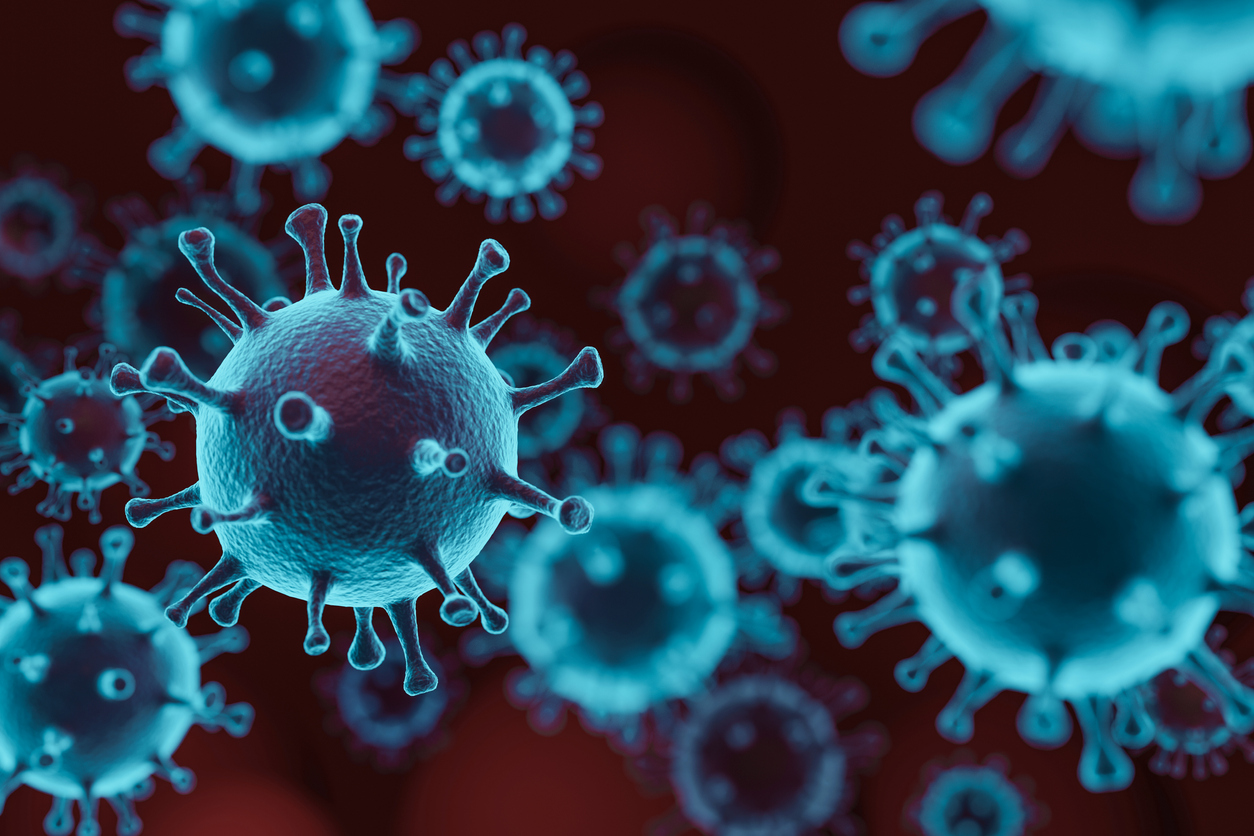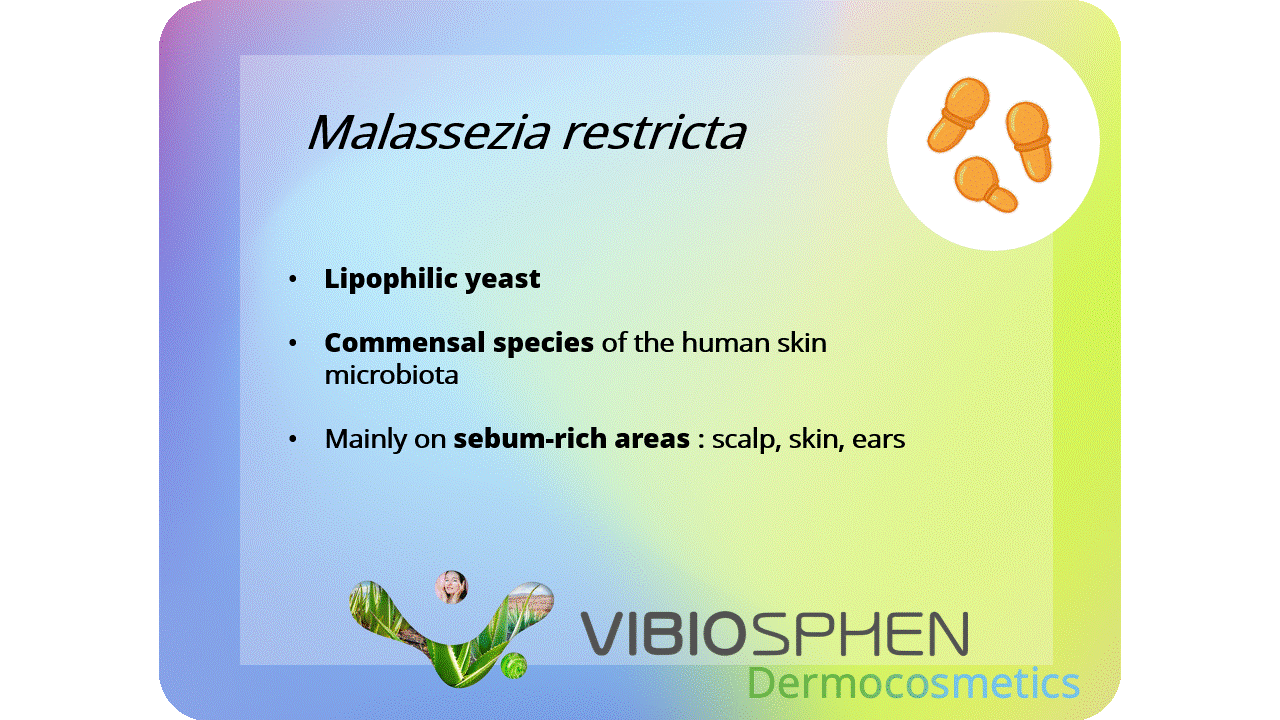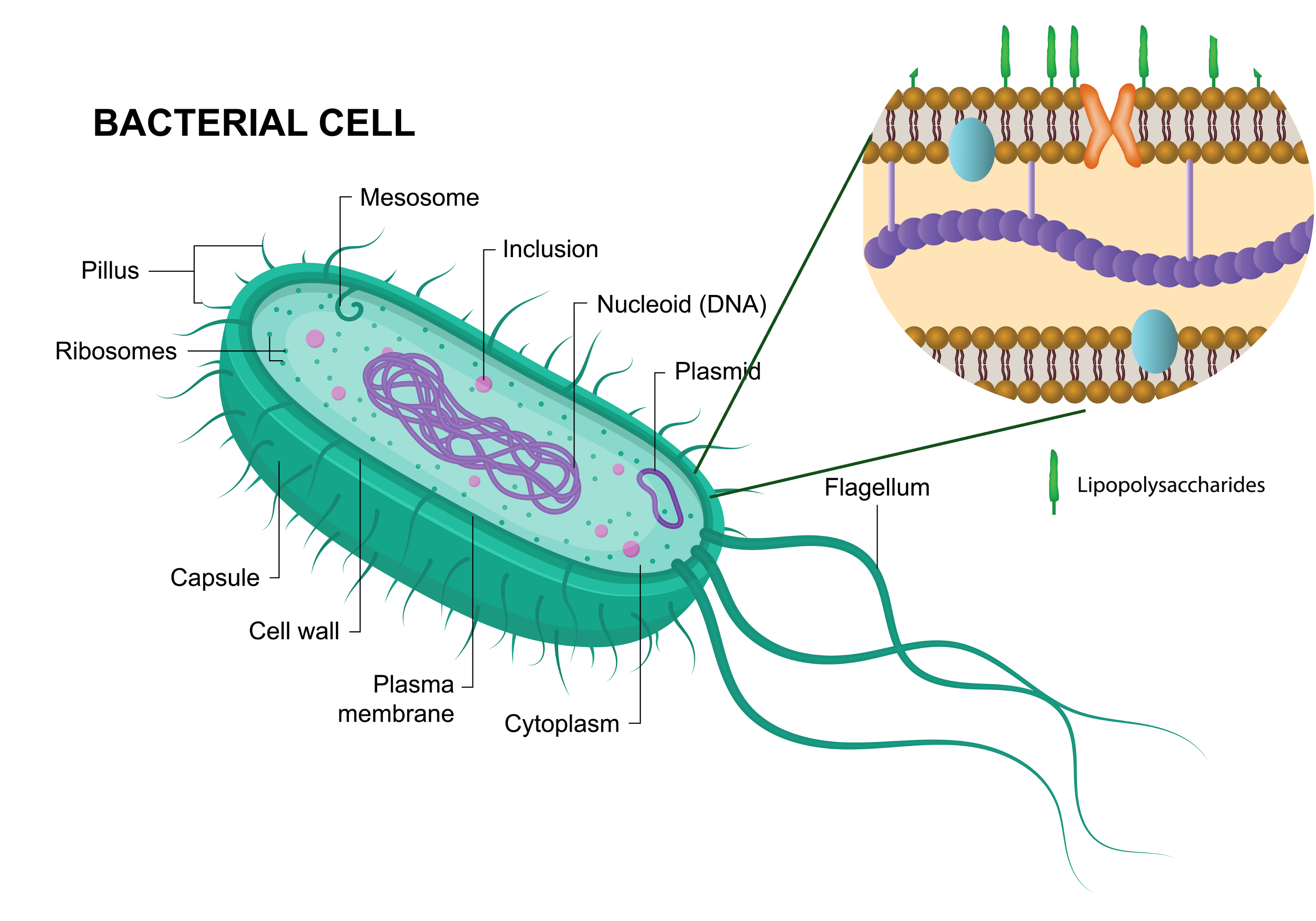Development of the COVID-19 infection model: a preclinical study of a new drug Rafamin

A valid animal model of SARS-CoV-2 infection and its complications might shed light on the pathophysiology of the disease and can be used for assessing the efficacy and safety of novel antiviral compounds.
At Vibiosphen, we reproduced a mouse model of SARS-CoV-2 infection [1] and modified it to better define key post-infection immunological abnormalities. For this purpose, 7-week-old transgenic (K18-hACE2)2Prlmn male mice were intranasally challenged with a lethal dose (200 PFU/mouse) of SARS-CoV-2 (Wuhan strain). The survival rate of animals was observed twice daily and body weights were monitored every two days during 9-day post infection (p.i.) period. The viral load was quantified on D4, D7 and D9 p.i. by qRT-PCR. To assess the clinically relevant impairments in the immune response, we evaluated hematological changes via the leukogram at the peak of infection (D4 p.i.) and on D7 and D9 p.i. The values obtained before the virus inoculation (D0) served as the normal range.
Infection with 200 PFU/mouse of SARS-CoV-2 resulted in a high mortality rate (90%, Day 8 p.i.) and a marked weight loss (up to 30% by D8 p.i.) accompanied with a high-titer virus replication in the lungs (7.6 log10 and 6.9 copies/mL, D4 and D7 p.i.). The blood abnormalities were also pronounced: lymphopenia accompanied by a significant decrease in the number of monocytes. These data are in agreement with the original mouse model [1] and clinical data obtained in humans [2-3]. Thus, the model in K18-hACE2 mice infected with 200 PFU of SARS-CoV-2, which shares many clinical features of severe COVID-19, was successfully reproduced and can be used as a tool for testing drug candidates (immunotherapeutic agents and antivirals).
Our study revealed that the post-infection immunological abnormalities can be detected using a low infective dose (200 vs 25 000 PFU/mouse) and can be examined via leukogram.
It is important to have a preclinical model of post-acute sequelae of SARS-CoV-2 to enable testing of drug candidates aimed at augmenting the immune response and improving convalescence [4]. Therefore, following the establishment of the acute infection model, we decided to decrease the infectious dose to 50 PFU/mouse and to increase the observation period (15 days p.i.) in order to recapitulate nonlethal infection and focus on the modeling of dysregulated immune response.
Inoculation with a low dose of SARS-CoV-2 (50 PFU/mouse) resulted in a moderate weight loss (up to 5% by D8 p.i. for ome of the mice), with only a few lethal outcomes. At the same time, on D4 p.i. we managed to detect the high levels of viral RNA in the lungs of infected mice (̴ 6.0 log10 copies/mL) followed by a post-viral clearance on D15 p.i (̴ 3.0 log10 copies/mL).
Using this model, we studied the activity of a complex immunotherapeutic drug Rafamin (which contains technologically treated antibodies to IFN-γ, CD4, MHC-I and MHC-II). Rafamin was chosen due to its efficacy demonstrated in previous studies. For example, Rafamin’s components efficacy have been shown in the models of various infectious diseases: influenza [7], viral infection with secondary bacterial pneumonia [6], and antibiotic-resistant bacterial infection [9]. Moreover, antiviral activity of one of Rafamin’s component against MERS-Cov has been demonstrated in vitro [11]. The results of these experiments agree with the results of the clinical trials that have demonstrated a high safety profile and the efficacy of Rafamin [12]. Indeed, in a multicenter double-blind placebo-controlled trial Rafamin reduced the course of acute respiratory viral infection by a day compared to placebo and contributed to a fourfold increase in the number of patients recovering on the 3rd day of treatment [13].
Therefore, it has been hypothesized that Rafamin might be therapeutically effective against SARS-CoV-2 and its complications. Based on the mechanism of action of the Rafamin's components [5-8], a significant improvement of the immunological parameters was considered as the primary efficacy outcome. The total numbers of immune cells, C-reactive protein (CRP) and interleukin-6 (IL-6) levels in blood were measured on D4 p.i. and D15 p.i.
In Rafamin-treated animals (administered 20 mL/kg/day, for 16 days), we observed the restoration of blood cell counts to normal values (̴ 6х106, ̴ 13х106 and ̴ 1.2х106 cells/mL for lymphocytes, leukocytes and monocytes, respectively) on D4 p.i and a significant decrease in the levels of CRP (by 72% vs placebo) and IL-6 (2.25-fold less than in placebo group) on D15 p.i., which are the key inflammatory markers of dysregulated host response to SARS-CoV-2.
We conclude that the course of SARS-CoV-2 nonlethal infection in the animal model, which is characterized by the absence or a low level of viral titer and the presence of immunological abnormalities is highly consistent with the human post-acute sequelae of SARS-CoV-2 [14].
Early treatment with Rafamin normalized blood cell counts and reduced the inflammatory reactions, presumably by modulating the adaptive immune response to the virus. The presented results support the concept that an early intervention with immunotherapeutic agents, like Rafamin, may be beneficial during the acute phase of infection as well as for the attenuation of the post-SARS-CoV-2 complications. Moreover, a phase III clinical trial designed to evaluate the efficacy and safety of Rafamin for the treatment of novel coronavirus infection (COVID-19) in outpatients was approved in March 2022 [15].
References :
- Winkler ES, Bailey AL, Kafai NM.et al. SARS-CoV-2 infection of human ACE2-transgenic mice causes severe lung inflammation and impaired function. // Nat Immunol. – 2020. – Vol.21. – P.1327–1335
- Huang C, et al. Clinical features of patients infected with 2019 novel coronavirus in Wuhan, China. // Lancet. – 2020. –Vol.395. – P.497–506
- Liu X, Zhang R, He G. Hematological findings in coronavirus disease 2019: indications of progression of disease. // Ann Hematol. – 2020. –Vol.99(7):. – P.1421-1428
- Huang C, Huang L, Wang Y, et al. 6-month consequences of COVID-19 in patients discharged from hospital: a cohort study // Lancet. – 2021. – Vol.397, № 10270. – P.220-232.
- Woods K.N. New insights into the microscopic interactions associated with the physical mechanism of action of highly diluted biologics // Scientific Reports. – 2021. – Vol.11, №1. – P.13774.
- Petrova N., Emelyanova A., Gorbunov E., Tarasov S. Induction of dendritic cell maturation by ultra-highly diluted antibodies to MHC class II: in vitro results // Pharmacology 2020 (British Pharmacological Society). – London, UK. – December 14-18, 2020. – P.483-484
- Tarasov S.A., Gorbunov E.A., Don E.S., Emelyanova A.G., Kovalchuk A.L., Yanamala N., Schleker A.S.S., Klein-Seetharaman J., Groenestein R., Tafani J-P., van der Meide P., Epstein O.I. Insights into the mechanism of action of highly diluted biologics // The Journal of Immunology. – 2020. – Vol.205, issue 5. – P.1345-1354.
- Emel’yanova A.G., Grechenko V.V., Petrova N.V., Shilovskii I.P., Gorbunov E.A., Tarasov S.A., Khaitov M.R., Morozov S.G., Epshtein O.I. Effects of Release-Active Antibodies to CD4 Receptor on the Level of lck-Kinase in Cultured Mononuclear Cells from Human Peripheral Blood // Bulletin of Experimental Biology and Medicine. – 2017. – Vol.162. – P.323-326
- Emelianova A.G., Petrova N.V., Fremez C., Fontanié M., Tarasov S.А., Epstein O.I. Therapeutic potential of highly diluted antibodies in antibiotic-resistant infection // European Journal of Pharmaceutical Sciences. – 2022. – Vol.173. – P.106161
- Petrova N.V., Emelianova A.G., Tarasov S.A., Kartashova N.P., Glubokova E.A. Efficacy of an experimental drug based on technologically processed antibodies in models of inflenza infection and secondary bacterial pneumonia: results of a preclinical study // Patogenez. – 2020. – Vol.18. №4. – P.55-63
- Don E., Petrova N., Stittelaar K., Gorbunov E., Tarasov S. Antiviral effiacy of released-active antibodies to interferon gamma against MERS Coronavirus // 30th European Congress of Clinical Microbiology and Infectious Diseases. – Paris, France. – April 18-21, 2020. – P.1996
- Clinical Trials of the drug Rafamin https://clinicaltrials.gov/ct2/results?cond=&term=MMH-407&cntry=&state=&city=&dist=
- Khamitov RF, Nikiforov VV, Zaytsev AA, Tragira IN. Evaluation of the efficacy and safety of a complex antiviral drug based on antibodies in the treatment of adult patients with acute respiratory viral infection // Terapevticheskii arkhiv. – 2022. – Vol.94. №1. – P.83-93. [Abstract in English]
- Soriano JB, Murthy S, Marshall JC, Relan P, Diaz JV; WHO Clinical Case Definition Working Group on Post-COVID-19 Condition. A clinical case definition of post-COVID-19 condition by a Delphi consensus. // Lancet Infect Dis. – 2022. –Vol.22. № 4. – P.e102-e107. doi:10.1016/S1473-3099(21)00703-9
Catégories
Pagination
- Page 1
- Page suivante
Archives
- octobre 2025 (1)
- juillet 2025 (1)
- juin 2025 (3)
- mai 2025 (1)
- mars 2025 (1)
- mai 2024 (1)
- avril 2024 (2)
- septembre 2023 (1)
- août 2023 (1)
- mai 2023 (1)
- avril 2023 (2)
- février 2023 (1)
- décembre 2022 (1)
- octobre 2022 (1)
- juin 2022 (1)
- mai 2022 (3)
- avril 2022 (1)
- février 2022 (2)
- janvier 2022 (3)
- décembre 2021 (2)
- novembre 2021 (1)



